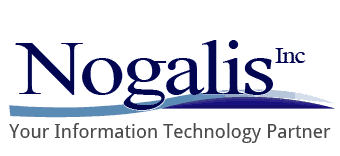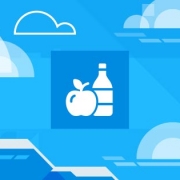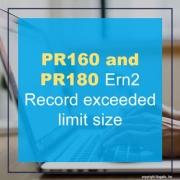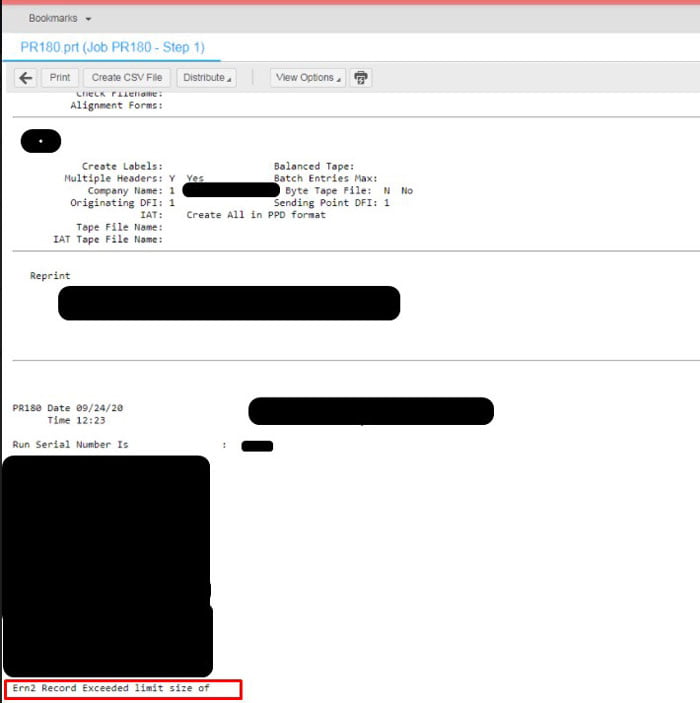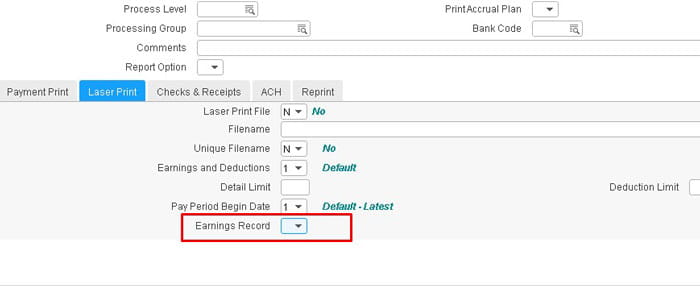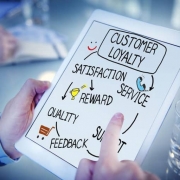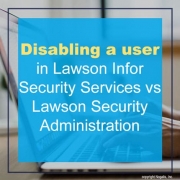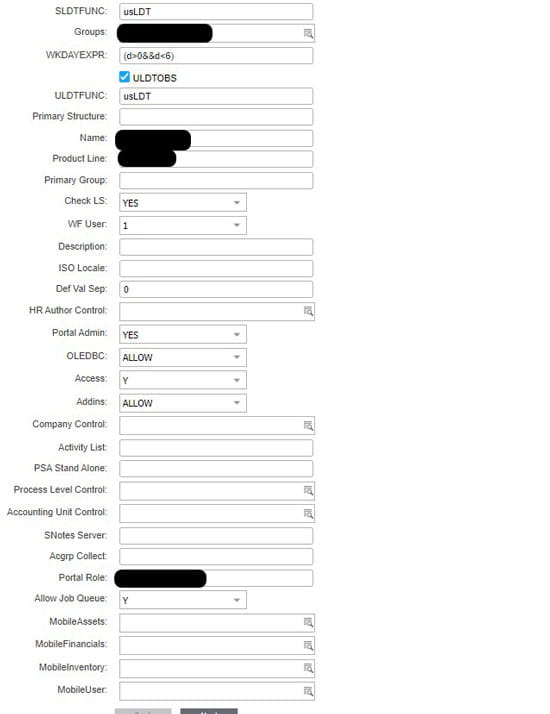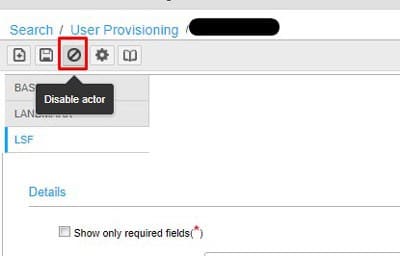Kingspan has successfully deployed Infor LN enterprise resource planning (ERP) to help improve customer service, reduce inventory and accelerate the integration of new acquisitions to further grow their company. Infor LN is now live for 500 users across 11 sites across Ireland, Northern Ireland and England, and was achieved with no disruption to operations. Infor alliance partner Merino Services managed the deployment, which is hosted via Kingspan’s own private cloud. Per the press release, Kingspan chose Infor based on the strong multi-site and planning functionality within Infor LN, despite other companies in the Kingspan Group using different ERP technologies. Another critical aspect of this decision was Infor’s commercial flexibility and the depth of the support the vendor was able to offer. Infor LN will be complemented by Infor CPQ configure-price-quote solution, which will help allow product options to be intelligently selected at time of order entry, Infor Factory Track to help improve inventory movement and receipt of production, and Infor Birst for daily KPI monitoring. Kingspan’s field service organization, which is comprised of around 50 contractors and engineers, will use mobile service applications integrated into Infor LN.
